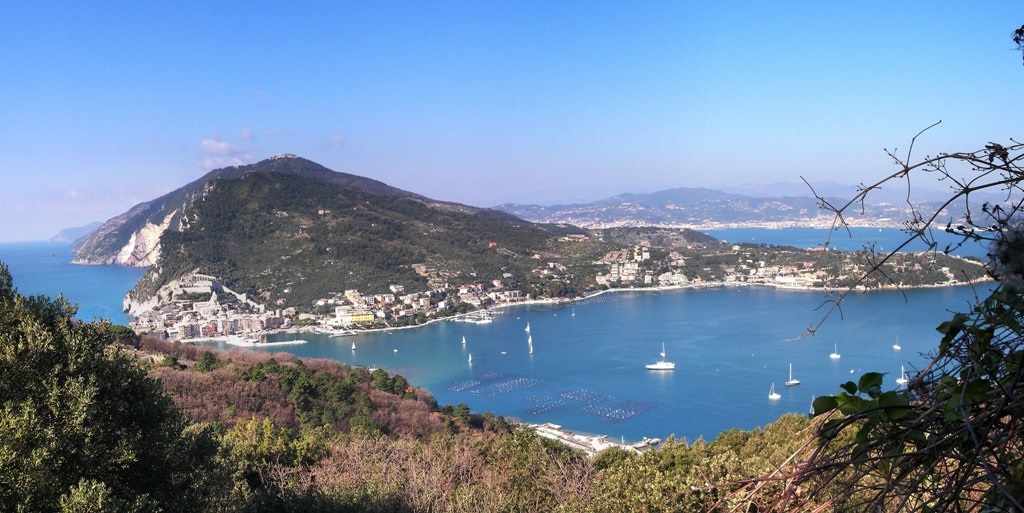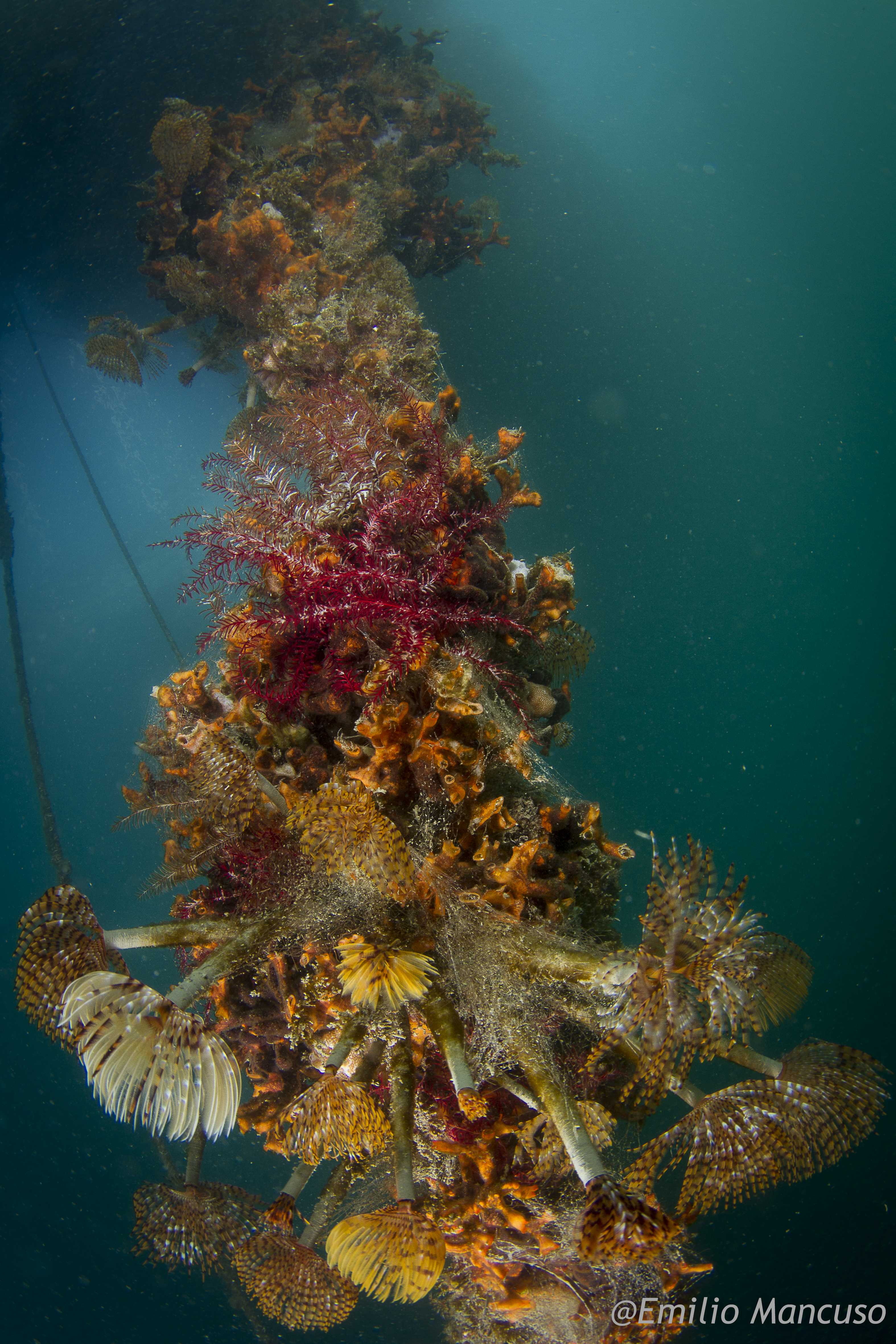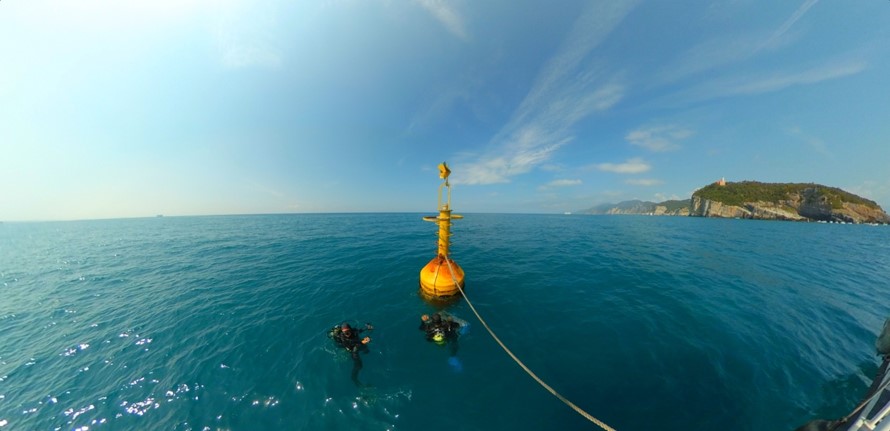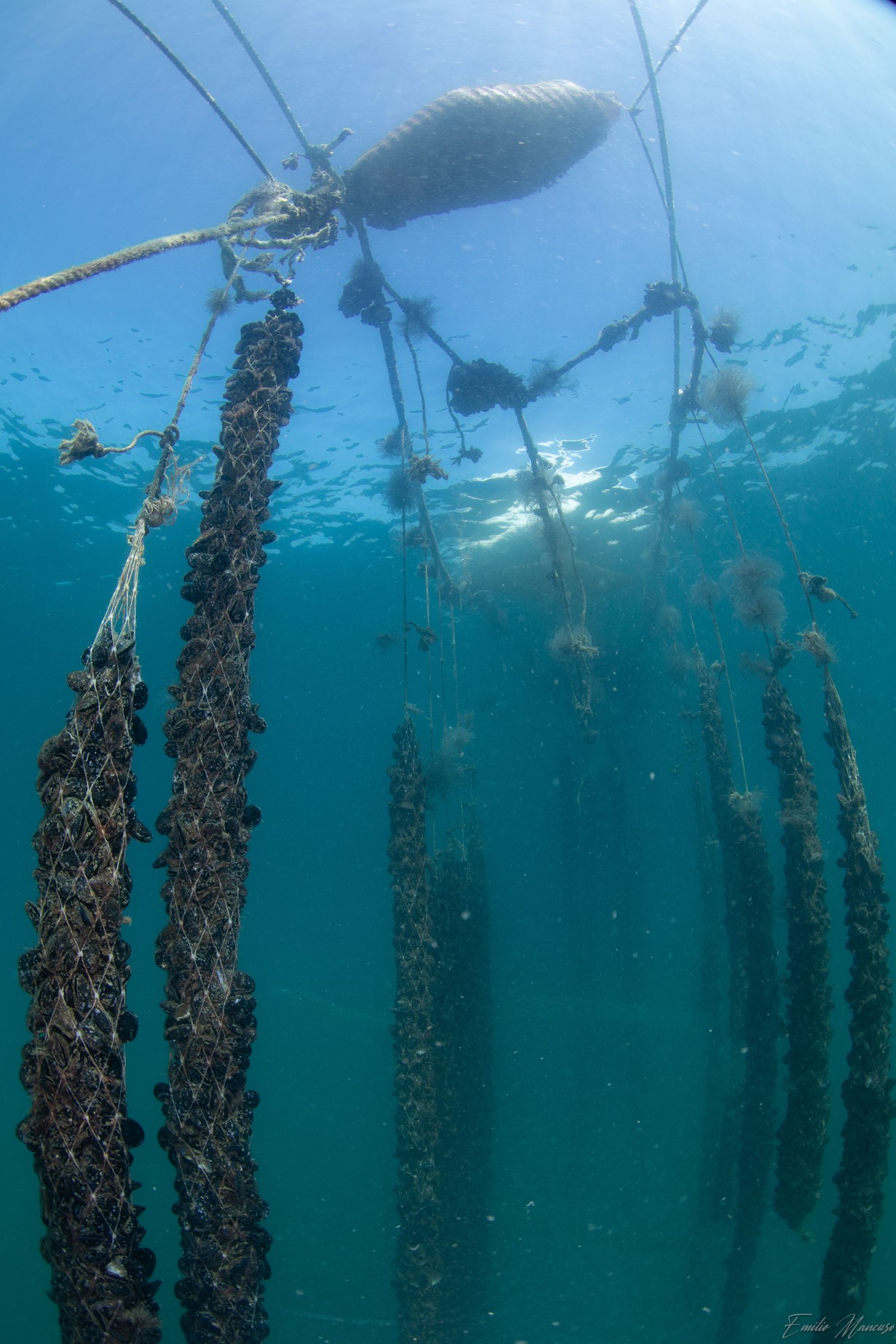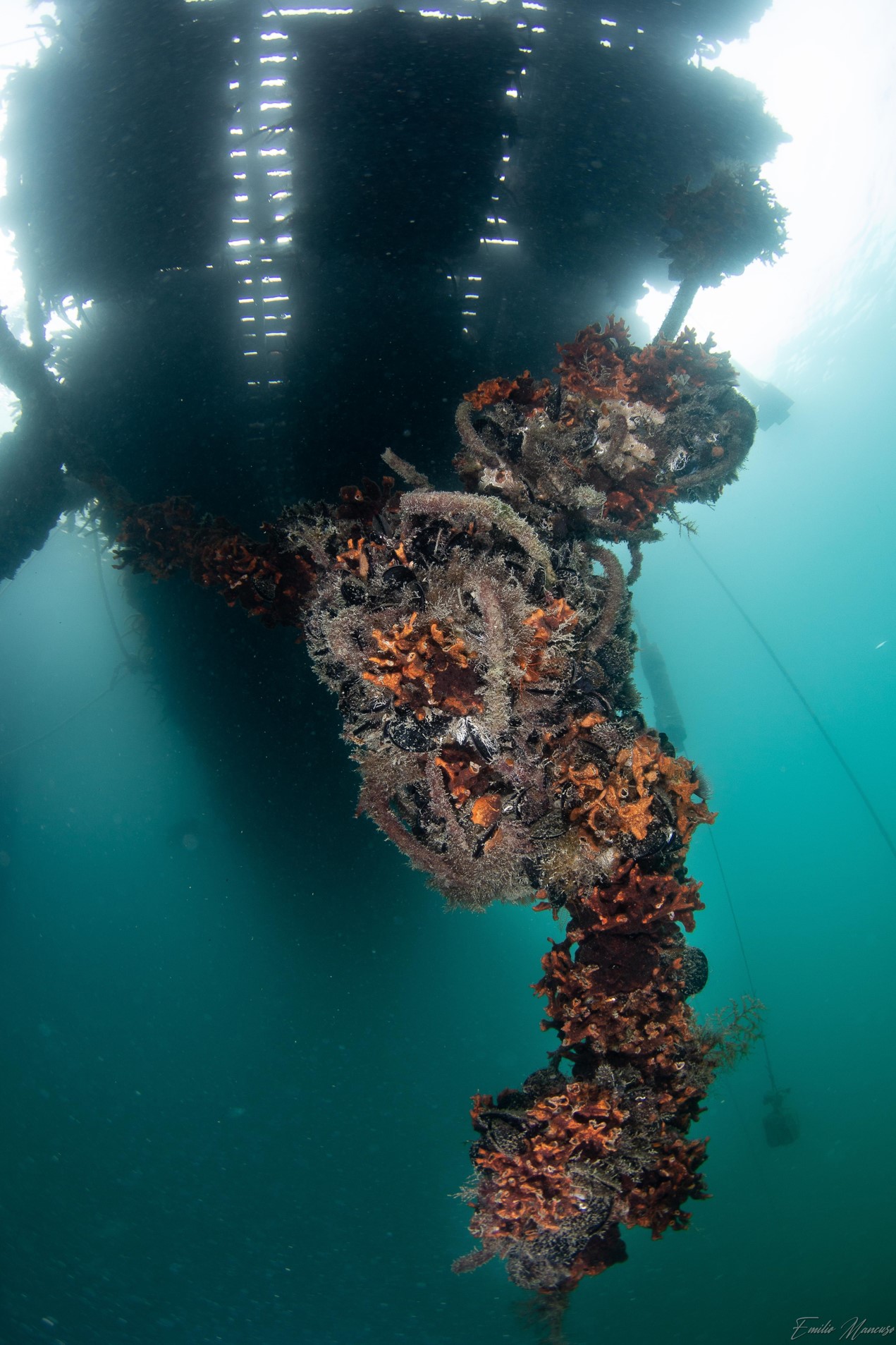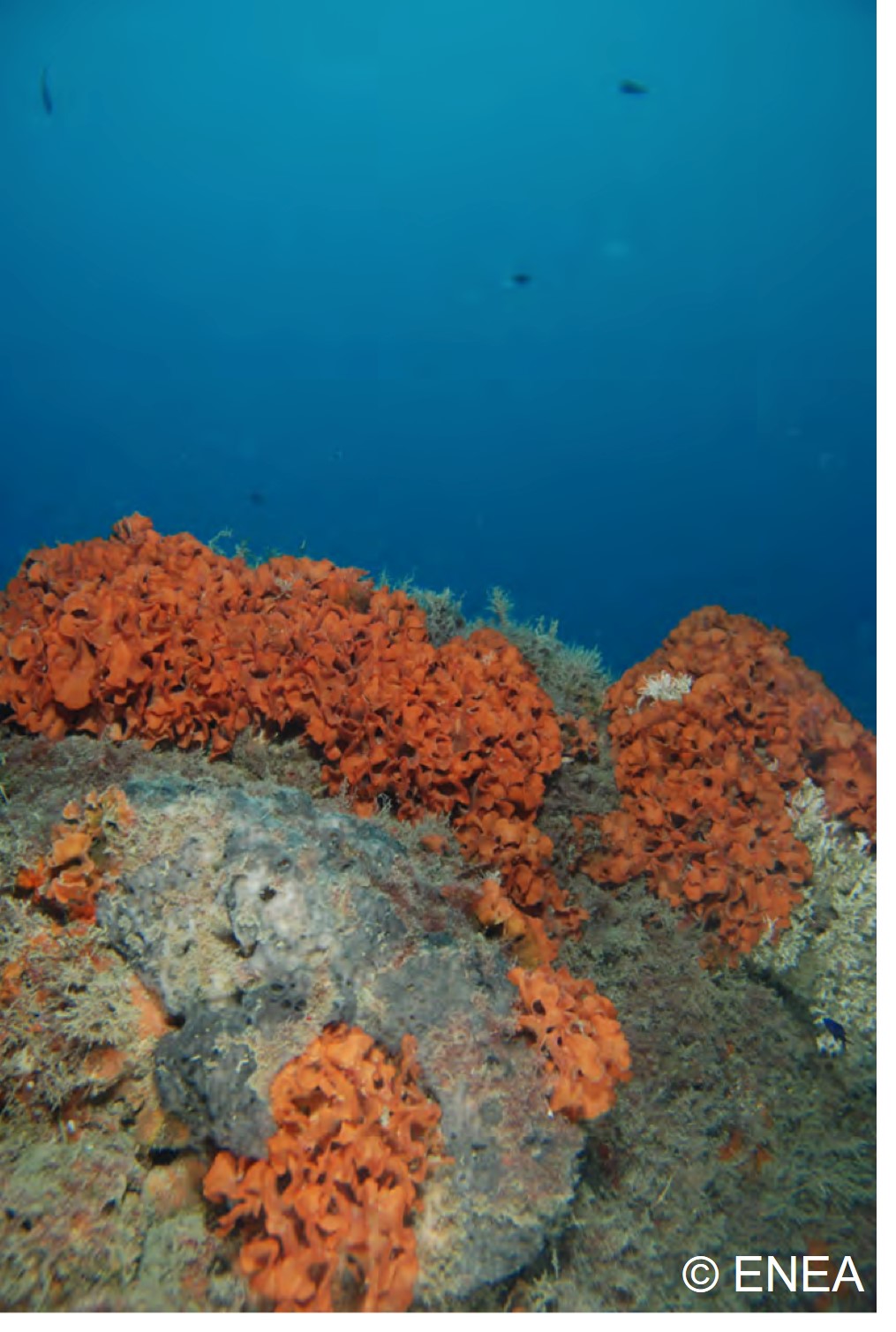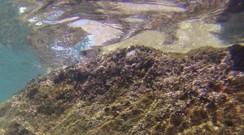Operating organization: National Agency for New Technologies, Energy and Sustainable Economic Development (ENEA)
Funding agency:
Abstract:
The study area is located between the mouth of the river Magra and the promontory of Monterosso. The Eastern Ligurian Sea is particularly interesting from a scientific point of view because it includes marine protected areas recognized by UNESCO (e.g. Porto Venere, Cinque Terre), located close to activities with potentially high environmental impacts. Furthermore, the site is very interesting for its biodiversity, as there is an unusually high number of species of both flora and fauna (including deep sea species), and it is part of the Whale Sanctuary. A long-term series of data is available and derives from high-frequency measurements and samplings to assess environmental and biological parameters. In particular the data concern the main trophic and physical descriptors (ammonia/ammonium, Fluorescence, Nitrates, Nitrites, Inorganic Phosphate, Silicate, Nitrogen and Total Phosphorus, Oxygen, pH, conductivity, Water Temperature, Turbidity, current speed and direction). Since 2009 seasonal measurement campaigns of physical-chemical parameters are being performed at fixed coordinates in the Gulf of La Spezia. Continuous time series (mainly temperature and conductivity) are also available at fixed locations and a weather station is maintained. Since 1991, every three or six months, data on phenology and structural features of Posidonia oceanica meadows have been collected at Monterosso and campaigns are carried out for the detection of changes in coralligenous communities and long-lived benthic species in the area. Other studies are focused on analyzing the dynamics of colonization and growth of benthic constructors in the Gulf of La Spezia (1997-2005), in order to evaluate the effects of climate change and at analyzing the resilience of communities affected by extreme events. From 2021, S. Teresa Bay hosts the first Italian Smart Bay (https://smartbaysteresa.com), cooperation platform among research institutes (ENEA, CNR and INGV), municipalities, national and international SMEs. Among Smart Bay objectives, the monitoring of the ocean and its ecosystem are prioritized and it serves also as natural laboratory for testing high-tech instruments used for marine environment monitoring. The activities conducted by ENEA on marine ecosystems are mainly focused on the effects of indirect (e.g. climate change) and direct anthropogenic impacts (e.g. pollution, plastics) on marine life in order to evaluate its resilience to prevent and mitigate biodiversity loss and detect conservation measures. In particular, studies are focused on: – Effects of climate change and direct anthropogenic impacts on marine biodiversity in relation to species distribution, community structures and ecosystem functioning; – Vulnerability and ecological and functional adaptation of target species, used to created provisional models; – Ecosystem Services provided by bioconstructional calcifying ecosystems from natural and highly impacted sites (e.g. ports, marinas) and their potential in Nature Based Solutions applied to coastal marine environment.
